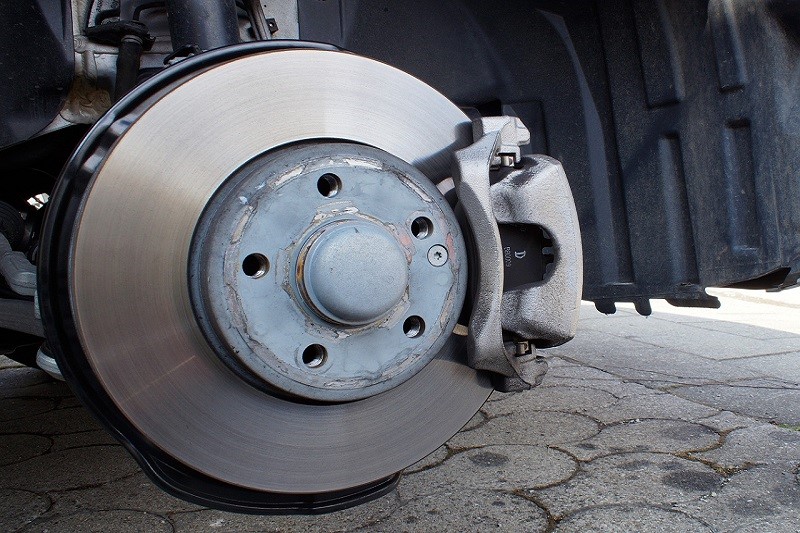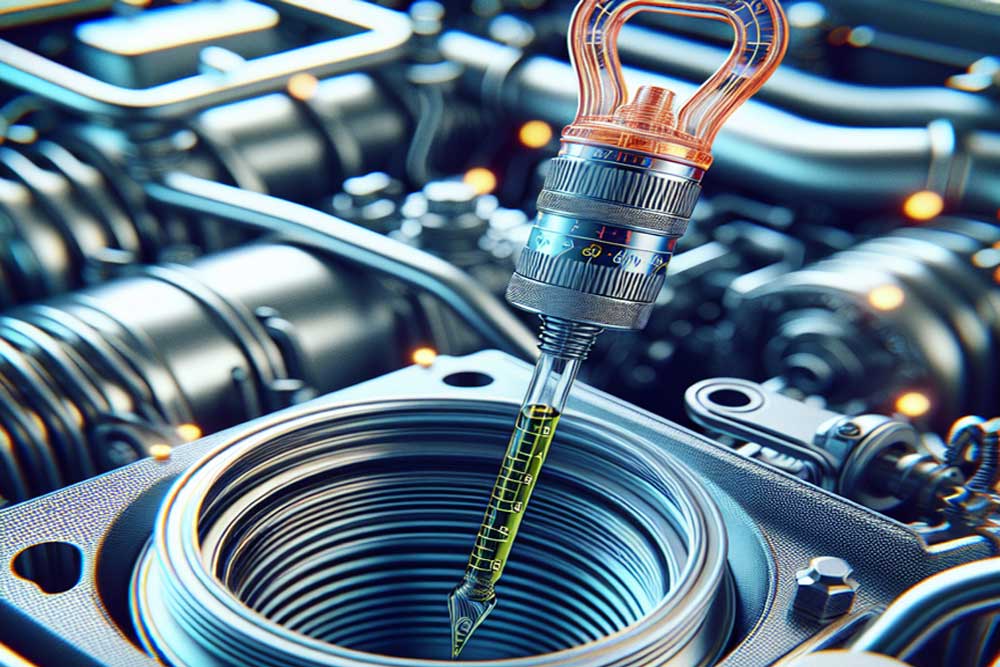If the time is ripe for a vehicle’s brake pads to be replaced, the user should clearly understand and know the type of brake pad used by the vehicle before making a decision. Brake pads mainly create some friction, and they convert the kinetic energy of the car into thermal energy. You can choose some disc brake pads rather than drum brakes because these disc brakes can provide you with instant stopping performance, and you can easily control your car by using these brake pads. Apart from that, when you choose the brake pads, check the overheating capacity of the pads because most of the pads will get damaged by overheating, and these pads are often not able to create the proper friction level after a certain period.
There are different types of brake pads available in the market:
There are usually 4 different types of brake pads that are used by vehicles that are running on the roads.
#1. Semi-Metallic Brake Pads
These brake pads are typically made up of at least 30–65% of metal and the metal usually used are copper, wire, steel wool, and different types of materials. Even though these brake pads are durable, they have the potential to wear out the rotors of the brake. One more disadvantage of these pads is that they cannot run when the temperatures in the environment are very low.
The other advantages of semi-metallic brake pads are:
- These pads show a high thermal threshold due to the presence of metallic components in its composition.
- The brake pads can work in cold conditions.
- They can efficiently work in a greater operating temperature range.
- These pads have a very low compressibility, which in turn provides a firmer pedal feel.
- These pads are highly resistant to fades related to brakes.
- These brake pads can be used in rough conditions as well.
#2. Non-Asbestos Organic
These brake pads are prepared out of organic materials like Kevlar, rubber, glass, and fiber. Commonly known as NAO, these brake pads operate noiselessly. However, they can wear out quickly and play a big role in the creation of dust. The other advantages of organic brake pads are:
- These pads don’t require a lot of heat to generate friction.
- The manufacturing cost for these brake pads is low.
- These pads can run smoothly in rough and normal driving conditions.
#3. Low-Metallic NAO
These brake pads are made from the above organic materials and are reinforced with steel and copper for efficient heat transfer and effective braking. Because extra metal is added as reinforcement, the potential of brake dust to be generated is very high. Also, these pads create a lot of noise.
#4. Ceramic Brake Pads
These pads are made up of fibers made up of ceramics and other types of filler materials. Even though these pads are costly when compared to the different types of pads that are available in the market, they are usually very clean and operate noiselessly. In addition to this, these pads offer excellent braking and do not cause excessive wear on the rotors of the brake.
The other advantages of ceramic brake pads are:
- These pads have a much longer shelf life when compared to semi-metallic or organic brake pads.
- These pads are much more stable when compared to organic or metallic brake pads.
So now you can choose the brake pads according to the nature of your vehicle. You can also take some suggestions from experts and you can search these brake pads from online portals as well. It is suggested that you compare their price and choose the best brake pads according to your needs.











